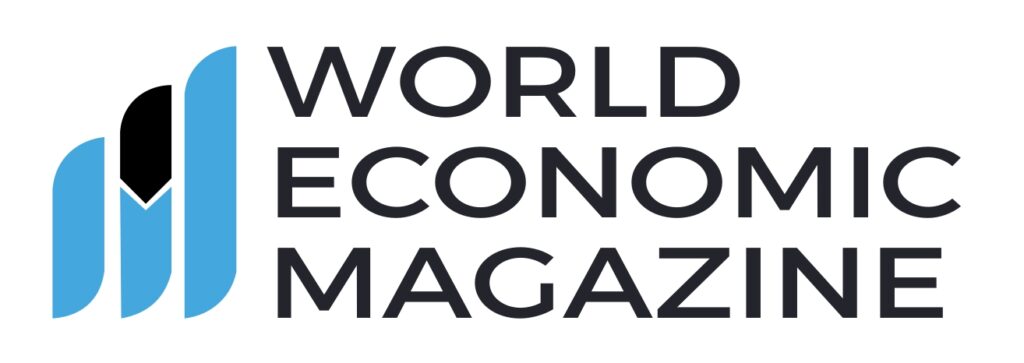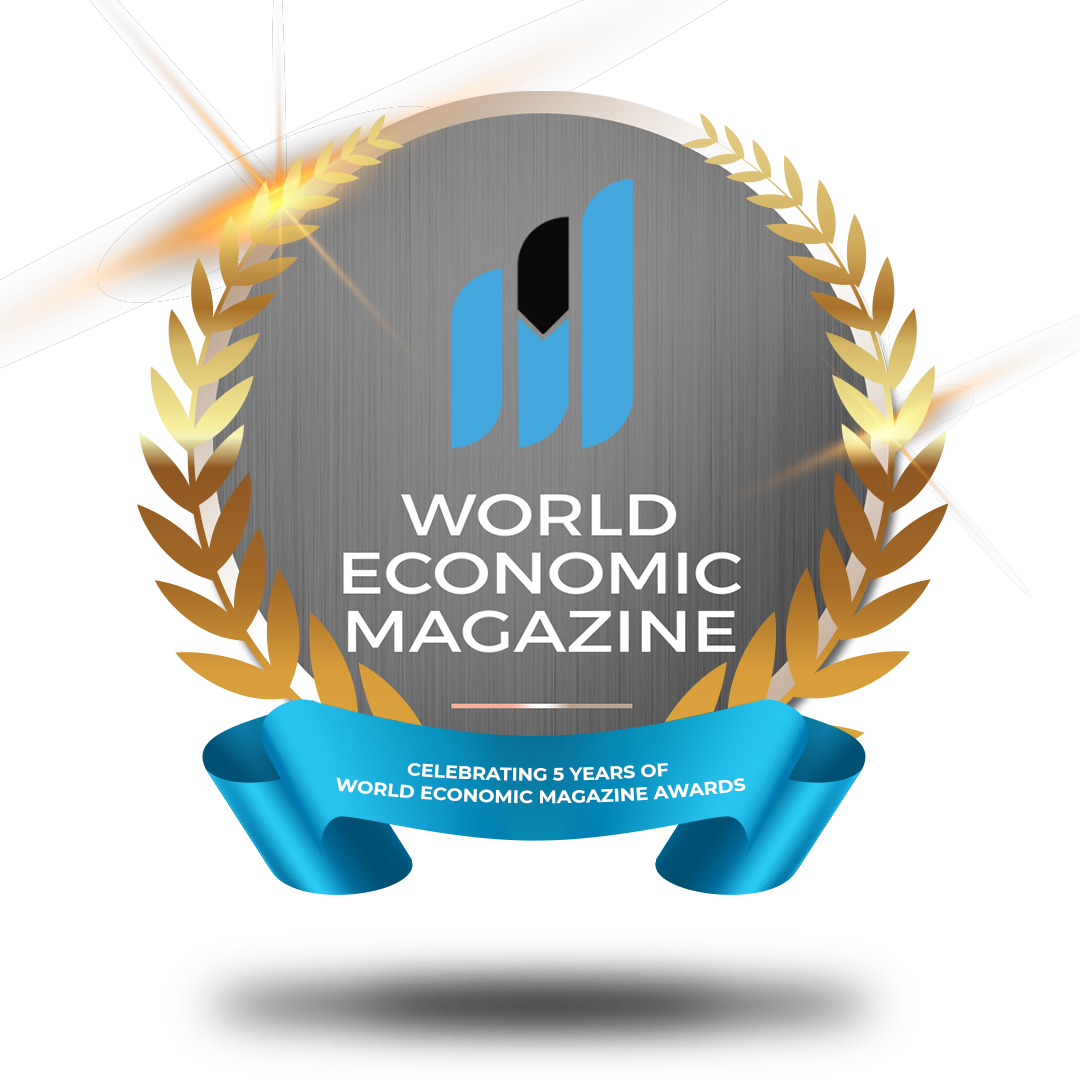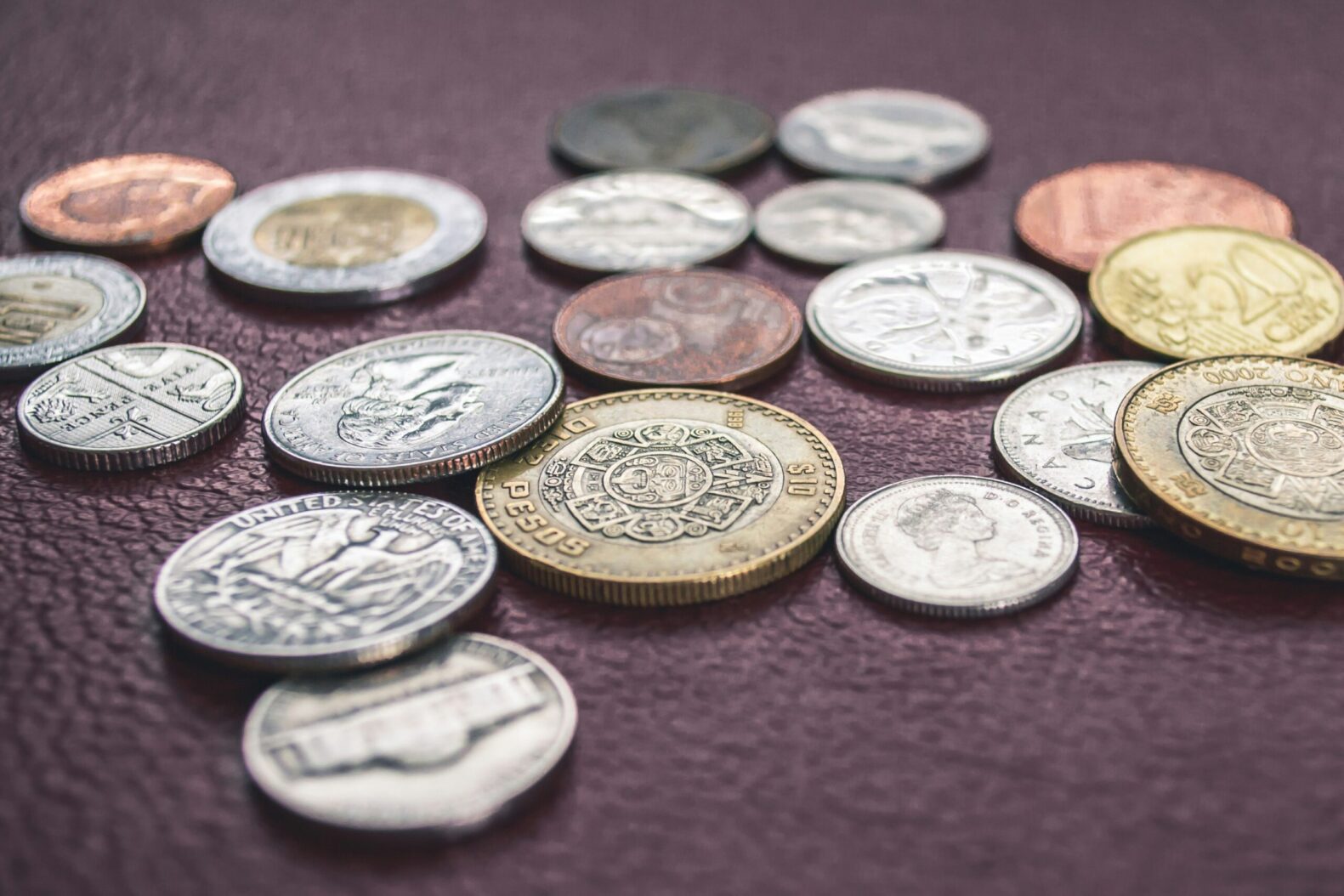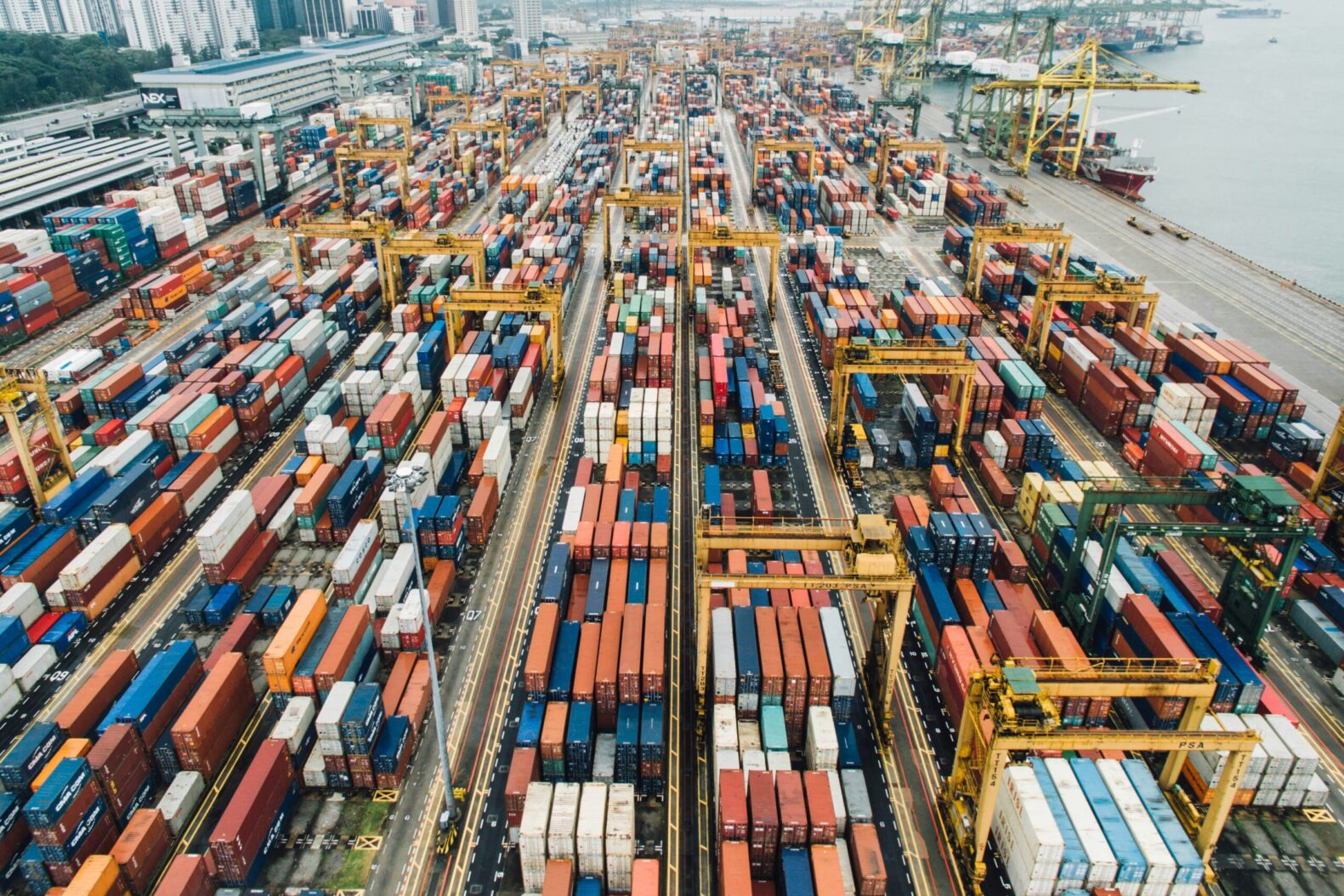
Inflation: An Overview of Inflation
Inflation is a widely used economic term. Nations have been pushed into long durations of instability as a result of inflation. Central bankers often aim to be labeled as “inflation hawks.” Party leaders have won many campaigns by encouraging people to prevent inflation, only to run out of power while they refuse to understand.
Inflation is a situation where prices rise beyond a specific timeframe. Inflation is typically defined as or the meaning of inflation can be explained as a broad indicator, like the general rise in costs or the cost of living in a nation. However, it could also be determined by calculating more precisely—for specific things such as meals or facilities, including a haircut, for instance. In any context, inflation symbolizes how pricey a specific bundle of products and/or services has become beyond a specific time period, most widely annually.
The standard of living for customers is determined by the costs of consumer products and services, as well as the proportion of each in the household expenditure. Government entities initiate domestic surveys to determine a box of frequently goods bought and continuously monitor the price of buying this box over time to determine the average customer’s living costs.
There are various types of inflation that have a significant impact on a country’s economy. Let us now look at the various types of inflation:
- What are the various types of inflation?
Creeping inflation: Creeping inflation is also referred to as slight inflation or modest inflation. One such form of inflation happens whenever the price level increases steadily over a period of time at a slow rate. Whenever the yearly percentage of inflation is less than 10%, or because it is in the single digits, it is regarded mild inflation or creeping inflation.
Galloping Inflation: If relatively mild inflation is unchecked and unmanageable, it can take on the characteristics of galloping inflation. Galloping inflation is defined as annual inflation in the double or triple digits of 20, 100, or 200 %. In the 1970s and 1980s, many Latin American nations, including Argentina and Brazil, experienced annual rate of inflation ranging from 50 to 700 %.
Hyperinflation: Hyperinflation is a state of extremely rapid inflation. Whereas financial systems appear to be surviving in the face of skyrocketing inflation, a third and dangerous stress emerges when the cancer of high inflation attacks. Nothing positive could be said about an economic system in which prices rise by a million, billion, or trillion % per year. Hyperinflation means that prices got out of hand and the financial institutions or authorities are powerless to intervene. In the 1920s, Germany experienced hyperinflation.
Stagflation: Stagflation is a state of the economy in which inflation and economic instability or downturn take place concurrently and persist for a longer length of time. Stagflation was seen in advanced nations during the 1970s, when global oil prices climbed significantly.
Deflation: This is the inverse of inflation. It denotes a gradual decrease in the price quantity of goods and services. It happens when the annual inflation rate starts to fall below zero %, causing the real quantity of currency to rise. In the 1990s, Japan experienced deflation for nearly a decade.
- Why do prices rise?
A variety of factors can influence price or inflation in a financial system. In most cases, inflation is caused by a rise in manufacturing costs or a boost in demand for goods and services. When prices rise response to higher in manufacturing costs, like raw resources and salaries, this is referred to as cost-push inflation. The demand for goods remains intact, whereas the supply of products decreases due to the higher manufacturing costs. As a consequence, the increased production expenses are passed onto the customer in the shape of greater finished-goods rates.
When joblessness is low and wages are stagnant, consumer sentiment rises, going to lead to increased expenditure. Economic growth has an immediate effect on the stage of consumer expenditure in an economic system, that could result in a rising demand for goods and services.
- Inflation is caused by what?
Long-term periods of high inflation are frequently a consequence of loose monetary policy. When the supply of money continues to grow too quickly concerning the shape of a financial system, the currency’s unit value drops; in other sentences, its buying power tends to fall and prices go up. This connection between the supply of money as well as the growth of the economy is known as the quantity theory of money, & it is one of the monetary theory’ oldest theories. Inflationary tensions can arise from either the supply or demand side of the economic system. These can be considered as the cause of inflation.
- How can inflation be controlled?
There are numerous expert methods for controlling an inflationary situation. However, there are two major ways in which inflation can be controlled.
- Monetary Policies
The Central Bank’s monetary strategy is the greatest prominent and frequently used way of regulating inflation. Often these central banks have traditionally used high rates of interest to combat or reduce inflation.
There are three types of monetary policies that must be understood.
- Bank rate policy: During an inflationary period, the primary tool for managing liquidity is financial institution rate policy. When the central bank raises the bank rate, it is thought to be pursuing an expensive monetary policy. The cost of obtaining a loan rises as the bank rate rises, reducing central bank lending to commercial banks. As a result, commercial banks’ ability to provide funds to the general public is limited. As a result, inflation is tracked to the extent that it is caused by bank lending.
- Cash Reserve Ratio (CRR): To prevent inflation, the central financial institution raises the CRR, reducing the lending ability of commercial financial institutions. As a result, the flow of cash from commercial banks to the general public has decreased. It prevents price increases caused by credit facilities to the general public during this procedure.
- Open Market Operations: These are the purchases and sales of treasury bonds and bonds by the central bank. The central bank sells government securities through banks to keep inflation under control. This results in a portion of bank deposit accounts being transferred to central bank accounts, reducing commercial banks’ ability to expand credit.
2. Financial Metrics
Fiscal measures used to combat inflation include taxes on income, government expenditure, and public borrowings. The government may indeed implement a few protective initiatives, such as prohibiting the export of necessary products such as pulses, cereals, and oils in order to boost domestic intake, encouraging imports by reducing import responsibilities, and so forth.
This is a brief explanation of inflation, including its definition, types of inflation, and causes. It is critical to understand inflation because it is the most commonly used economic term and a situation that most major economies have experienced in the past or at some point in time.






